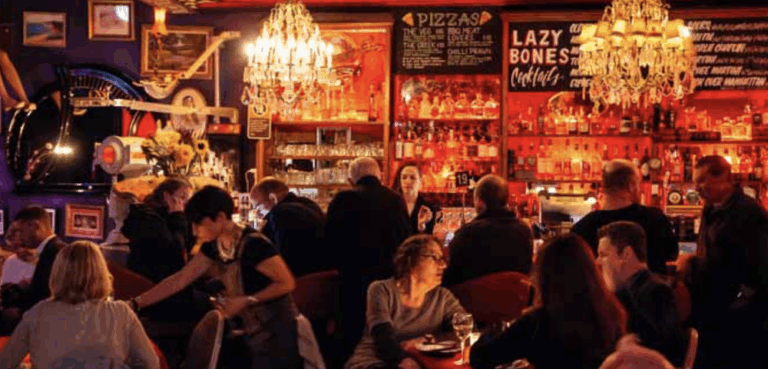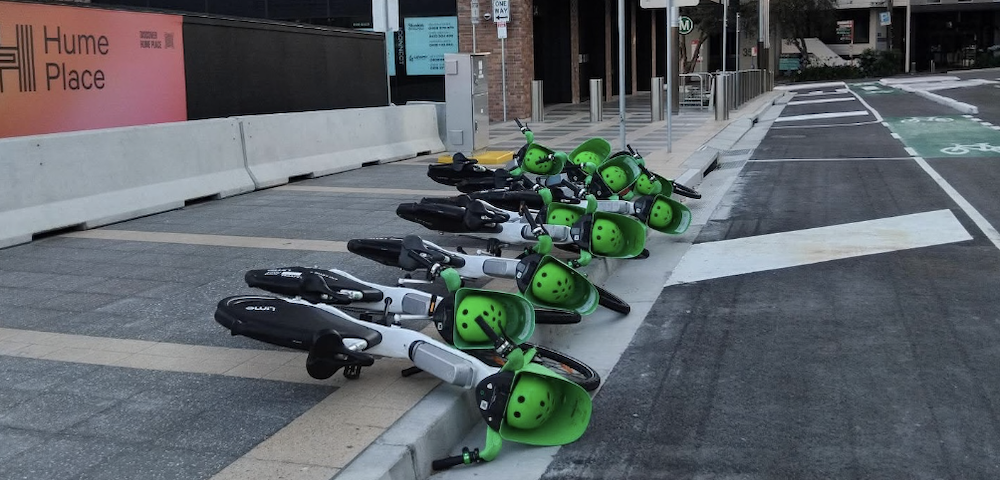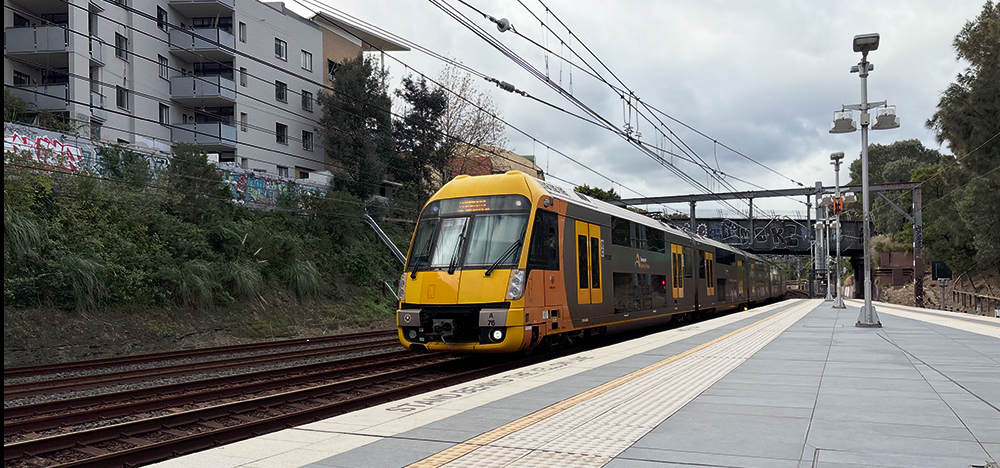
Ten Ordinary Men – The ANZACS of Addison Road

Image: This is an extract from Mina Bui Jones’ Introduction to Ten Ordinary Men – The Anzacs of Addi Road, researched and written by Vanessa James, with illustrations by Robyn Chiles and a wealth of photography and archival visual material. Photo: Supplied.
Inside this book are the stories of ten ordinary men. None of them especially distinguished before, during or after World War One. Men who were here at Addison Road — briefly — then gone: to other camps in Australia; to battlefields in Europe and the Middle East; or to early graves in foreign soil.
Ten ordinary men — a fitter and turner, a barman, a ‘driver’, a clerk at The Sun newspaper, who enlisted for service more than 100 years ago. Why should we, here and now, remember them?
Addison Road Community Centre in Marrickville, Sydney, operates on the site of a former army depot, won for community use in 1976 when the army needed it no longer. It was dedicated as a space for fostering the new, creative and multicultural society being imagined for Australia in the 1970s.
Addison Road Community Organisation, as the current caretaker of this special piece of NSW Crown Land, is mindful of both the opportunities and the obligations we have to its history. This is Gadigal land; a place where tall ironbark and turpentine forest came down to a freshwater creek; a good place for hunting, for gathering reeds to make cord; a tributary of the Gumbramorra Swamp on its way down to the Cooks River and out to Botany Bay. Land that was cleared for timber, for farming, for brickworks and then, just after Australian Federation, drained and repurposed as a military facility.
It was to be a local training centre for the Citizens Military Force, a homeland-defence army of Australian men who had completed compulsory military service and could spring into action when called. As this plan was starting to be realised, however, war broke out in Europe and Australia ‘answered the call’ of ‘Mother England’. The Addison Road depot for the Citizens Military Force became a place of enlistment in the Australian Imperial Force — a division of the British Army — and here volunteers signed oaths to “serve our Sovereign Lord the King”.
The Addison Road depot opened in 1916, after the tragedy of Gallipoli and after the army’s needs had outgrown a converted mansion at The Warren in south Marrickville. We still use buildings that were new when those men were here.
Seven buildings and much of the original military landscaping remain and are accessible to the public every day of the year. You can walk around ‘Addi Road’ and see the Drill Halls that bookend the site, like dozens that once existed around the country for the Citizens Military Forces to train in, now so rare. You can enjoy a play by the Hellenic Arts Theatre in a former Gun Park (a garage for artillery carriages); recycle your glass and plastic containers on the edge of the old Parade Ground; view an art exhibition in the former Field Ambulance headquarters.
There is a kind of magic energy that connects us with those whose lives have been swallowed by time but who were once here, too. It connects us to people who had a physical and emotional presence in this place at a pivotal moment in their lives. Being able to access not only the stories but also the spaces inhabited by people who played a part in that momentous, nation-shaping and horrific war is both humbling and inspiring.
Addison Road Community Organisation is committed to documenting, conserving and sharing the site’s heritage with our community. Learning about people who have been here before us is a major activity of our Living Museum program which was launched in the Anzac Centenary year of 2014.
This year, coincidentally, the theme chosen for History Week by the History Council of NSW was ‘From the Ground Up’ and was proposed by Addison Road Community Organisation. We hope that by publishing the war stories of these ten men, we might inspire others to investigate and interpret the past from the perspective of local places and ‘ordinary’ people, too.
Another reason for remembering these ten men here and now — for, in this context, researching, interpreting, drawing, and sharing their stories are highly conscious acts of remembering — is that it offers us a reality check.
Every year around Anzac Day, in our schools, ceremonies, newspapers and television programs, we are told that the Anzacs embodied the virtues of courage, sacrifice and mateship. We are told that they upheld the Australian values of equality, justice and compassion (a grim irony for Indigenous Anzacs — soldiers but not citizens — at the time).
Researching the experiences of these ten men, as Vanessa James has done in great detail, reveals that while they did display those virtues at times, they were also simply ordinary people, people inconvenienced, injured, deranged or destroyed in the course of their service.
In the details of our Anzacs’ experiences, we might find insight into how they felt as they sailed into a war that was nothing short of a cataclysm, if not apocalypse, in its time.
This is an extract from Mina Bui Jones’ Introduction to Ten Ordinary Men – The Anzacs of Addi Road, researched and written by Vanessa James, with illustrations by Robyn Chiles and a wealth of photography and archival visual material. Available from November 11th, copies can be purchased for $30 from addi.road.org.au
Food of Love
By Mark Mordue

Addi Road Food Pantry Camperdown is open Tuesday-Friday, 12-4pm. Photo: Supplied.









